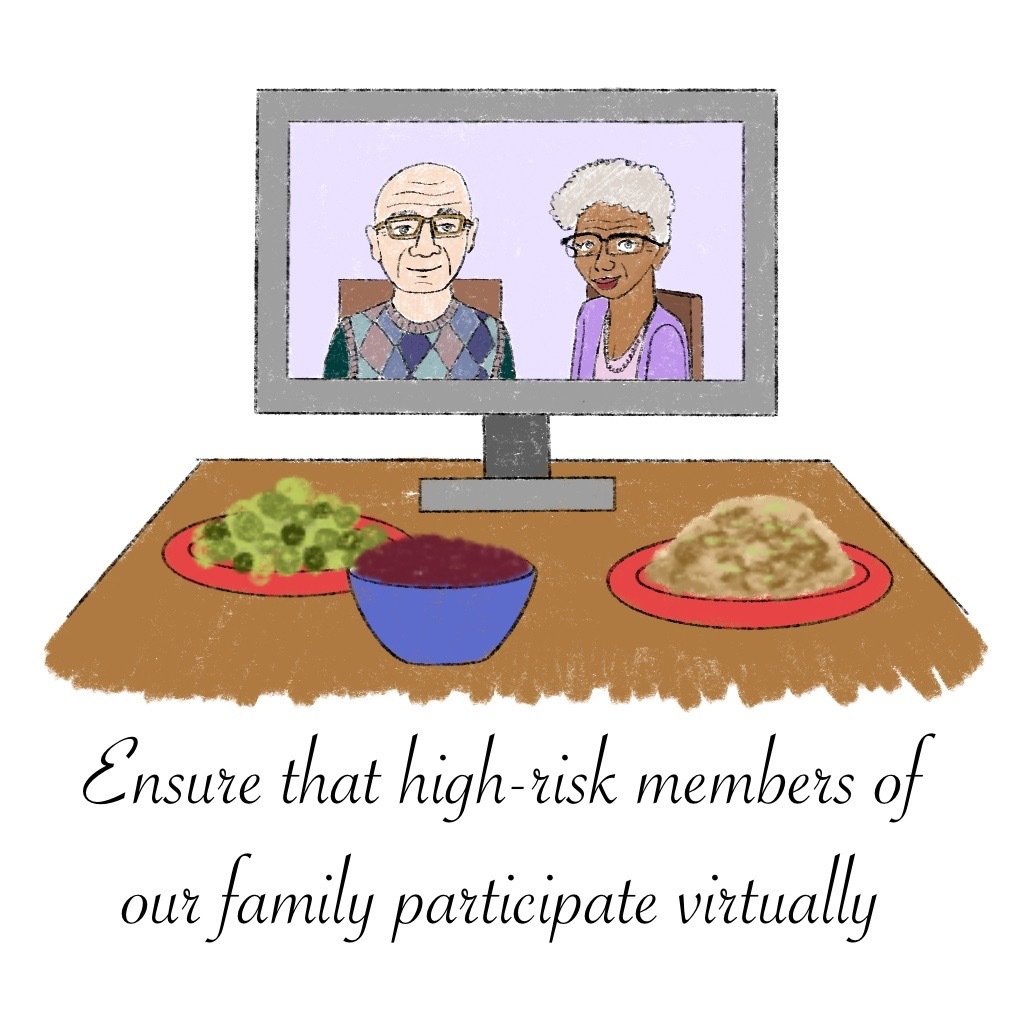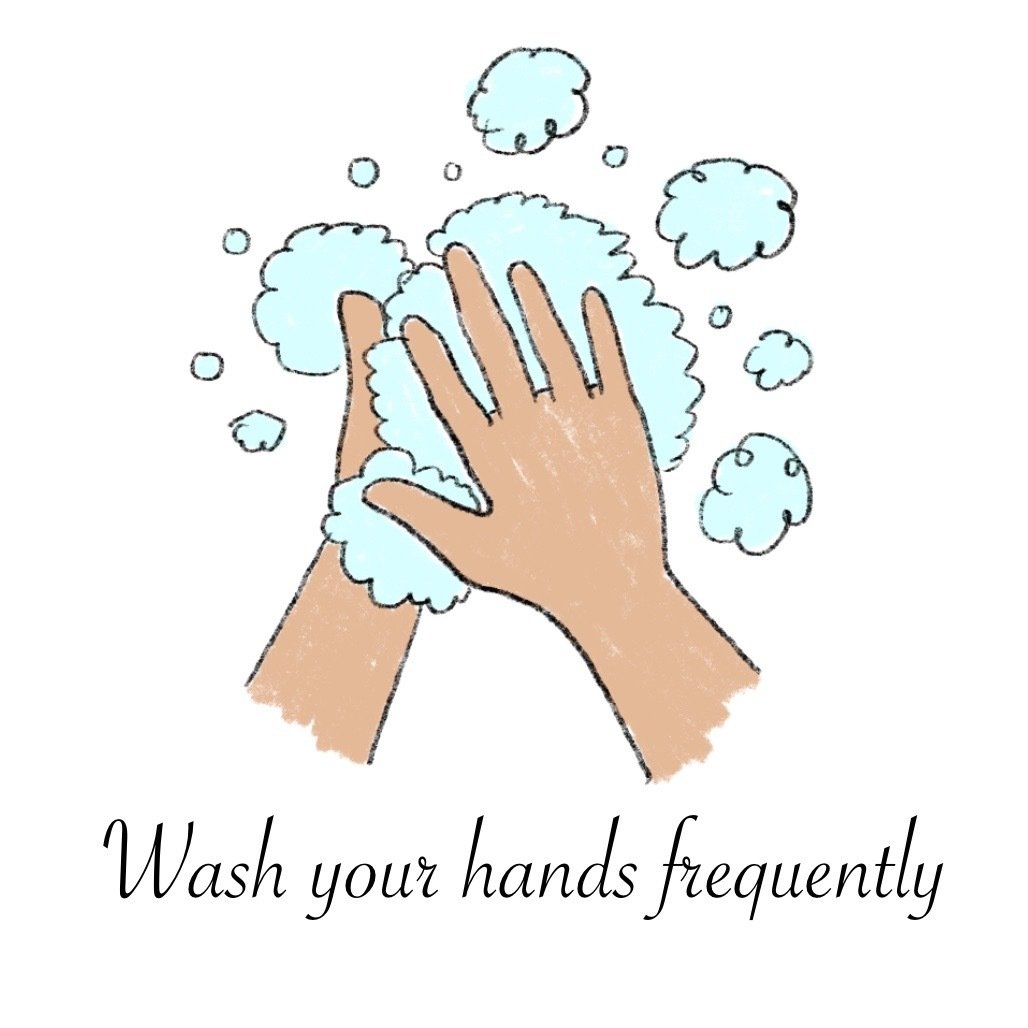Kitchen Safety During the Holidays
According to the CDC, one in every six Americans will contract a foodborne illness every year. This danger is especially present during the holidays when we gather and make large meals for family and friends.
Compounded with the increased risk of a kitchen fire, which peaks around Thanksgiving and Christmas every year according to the ESFI, it’s incredibly important to maintain a clean, safe, and well-supervised kitchen in order to make sure your holidays are a time of celebration rather than an accident waiting to happen.
To stay safe during the holidays, keep in mind the four pillars of kitchen safety: Clean, Separate, Cook, and Chill.
Clean
The most basic aspect of kitchen safety is making sure that the space you’re working in is safe. Make sure that all of your work surfaces and tools are thoroughly cleaned before and between each use. This means washing cutting boards, countertops, pots, pans, bowls, and utensils with warm, soapy water and drying them thoroughly with a clean cloth or disposable paper towel.
Once your kitchen is clean and prepped, and before you start cooking, wash your hands with warm, soapy water for at least 20 seconds. This should also be done between each step that requires you to swap between different ingredient types (such as going from working with raw meat to working with vegetables). You’ll want to wash your hands before and after using the restroom, assisting a child in the restroom, changing a diaper, handling trash, caring for a sick person, treating a wound, coughing, or sneezing.
After making sure that both you and your kitchen are clean, you’ll need to make sure that the food you’re eating is clean as well. Check all food for signs of decay, including a change in color, smell, or texture. If you are unsure whether a product is safe to eat, err on the side of caution and dispose of it. When preparing vegetables and fruits, make sure that they are thoroughly rinsed to get rid of harmful surface bacteria. Do not, however, wash or rinse raw meats, as this may spread contamination around your sink, counters, and cutting boards.
Separate
Keeping your categories of food separated is a key part of avoiding cross-contamination. Even in your shopping cart, you should keep completely separate, or as separate as possible:
- Raw meats
- Vegetables
- Fruits
- Dairy
- Eggs
Store these items separately in your refrigerator. Raw meats should be contained in their own sealed packages, preferably in their own drawer to minimize possible contact and odor transference. Vegetables and fruits can be stored more loosely, but should also be kept in their own drawer or container, while dairy and eggs can be kept together as long as the dairy is kept in a sealed container to prevent the growth of mold.
The same rule applies when handling food on cutting surfaces and countertops. Preferably, you would use entirely different cutting boards and knives for meats and vegetables, but if that is not possible, anything that has come in contact with uncooked meat should be thoroughly cleaned before it is used for any other purpose.
Cook
Make sure that all meats you are preparing have been cooked to the appropriate internal temperature, which ranges from 140 to 165 degrees Fahrenheit depending on the type of meat and how it is being prepared, according to the USDA.
Eggs should be treated with particular caution. If you’re planning to serve a dish that contains raw eggs, such as eggnog or certain tiramisu recipes, ensure that you are using properly pasteurized eggs to reduce the risk of salmonella poisoning. If you are cooking eggs, cook them until both the whites and yolks are firm if they are being served on their own, or until their internal temperature is 160 degrees Fahrenheit if they are included in another dish, such as a quiche or frittata.
Do not consume raw cookie dough or batter, as it may contain salmonella and cause food poisoning. Likewise, keep small children from consuming or playing with raw dough. Avoid touching your eyes, nose, or mouth after handling raw foods.
Chill
Just as important as cooking your food is keeping it cool. Make sure that any food you have that needs to be kept cold is kept in the refrigerator or freezer as appropriate, and regularly check your frozen goods for signs of freezer burn, which happens when foods are stored incorrectly, at too high or varied a temperature, or for too long in the freezer, according to the Library of Congress. Freezer burned foods will have collections of ice crystals on their surface and splotchy discoloration. While freezer-burned foods are technically safe to eat, they may have an unpleasant taste and texture.
If your dish requires an ingredient to be thawed, do so in the refrigerator, under cold running water in the sink, or in the microwave. Make sure to leave plenty of time for food to thaw, which can take anywhere from a couple of hours to several days, and cook the food immediately upon thawing. Thawing food, especially meats, at room temperature is dangerous, as this allows for the potential development of bacteria and spoilage, and so is never recommended.
You’ll want to handle the leftovers of your meal within two hours. Anything that needs to be refrigerated, including pies, should be stored in a refrigerator that is set to 40 degrees Celcius at maximum. Any foods that are being frozen, such as meats, should be stored in a freezer that registers at zero degrees Celcius or less. Check your appliances regularly to ensure that they are maintaining the correct temperatures.
Leftovers should be consumed within three or four days or preparation, and then disposed of quickly. Do not consume anything that looks or smells questionable. If in doubt, throw it out.
Further Kitchen Safety Tips
Make sure that your kitchen equipment is clean, functional, and reliable. Your refrigerator and freezer should be regularly checked for temperature maintenance and regularly cleaned of old and spoiled food. Your stove and oven should be cleaned of previous spills, and the wiring should be checked regularly, to avoid any shorts and ignition of flammable materials. You should also have a functional fire alarm, regularly tested with the battery replaced frequently, and an in-date fire extinguisher that is easily accessible.
Keep children and pets out of the kitchen when food is being prepared to avoid any accidents. You should also avoid keeping cloths, potholders, and other flammable material on or near the stove. Make sure that you are not wearing loose-fitting clothes or anything with dangling fabric while you are cooking.
Do not leave your kitchen unattended while preparing food. Set timers for anything in the oven or on the stove, and watch it carefully the entire time it is cooking to reduce the risk of a fire. When you have finished cooking, double-check to make sure that all appliances have been turned off and/or unplugged.
For a concise guide to keeping your kitchen safe this holiday season, consider downloading and even printing this helpful guide from the USDA. You can also read this guide from the American Red Cross to kitchen safety and preparedness.



.jpg?width=1028&name=Thanksgiving1%20(1).jpg)

